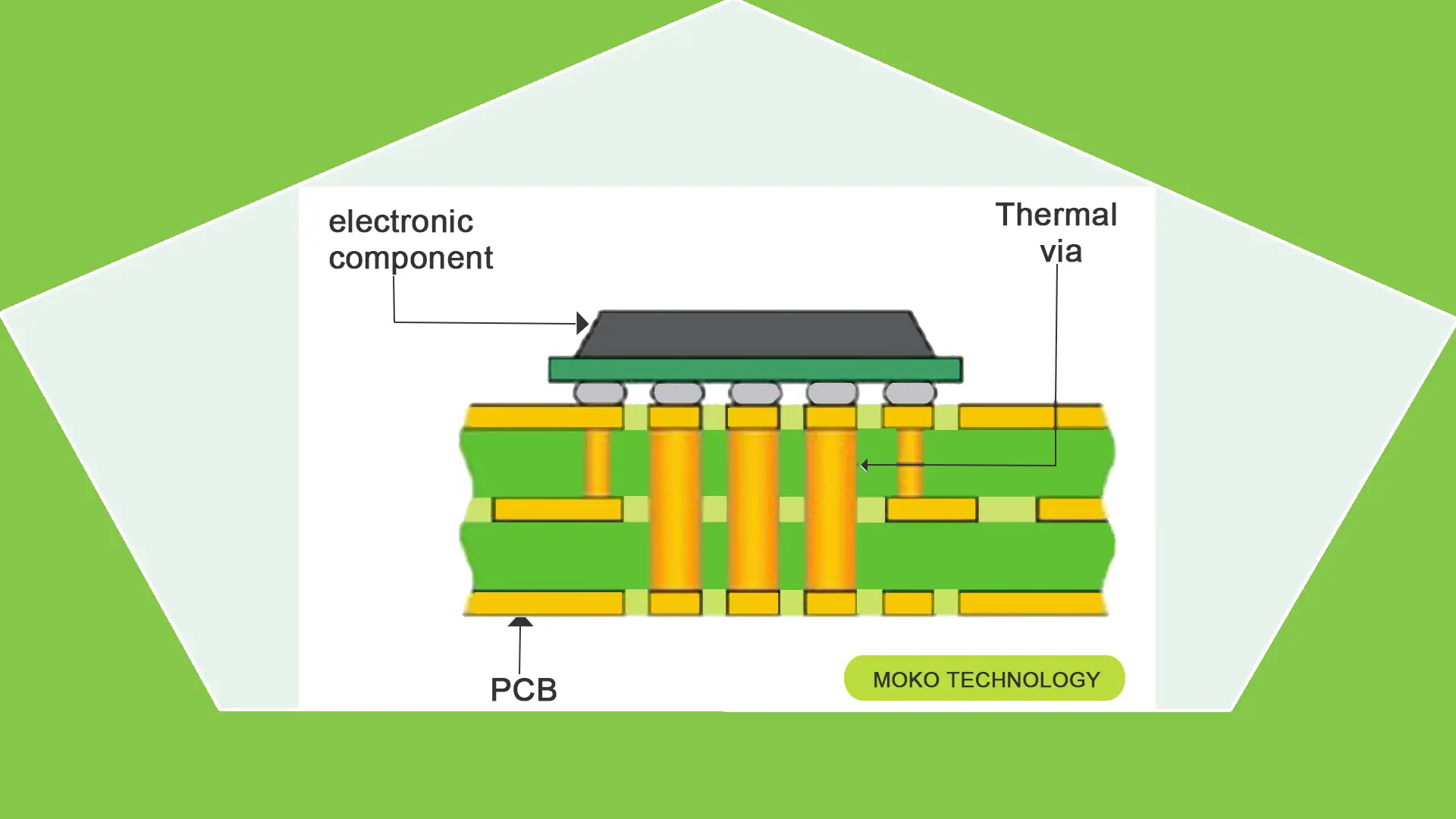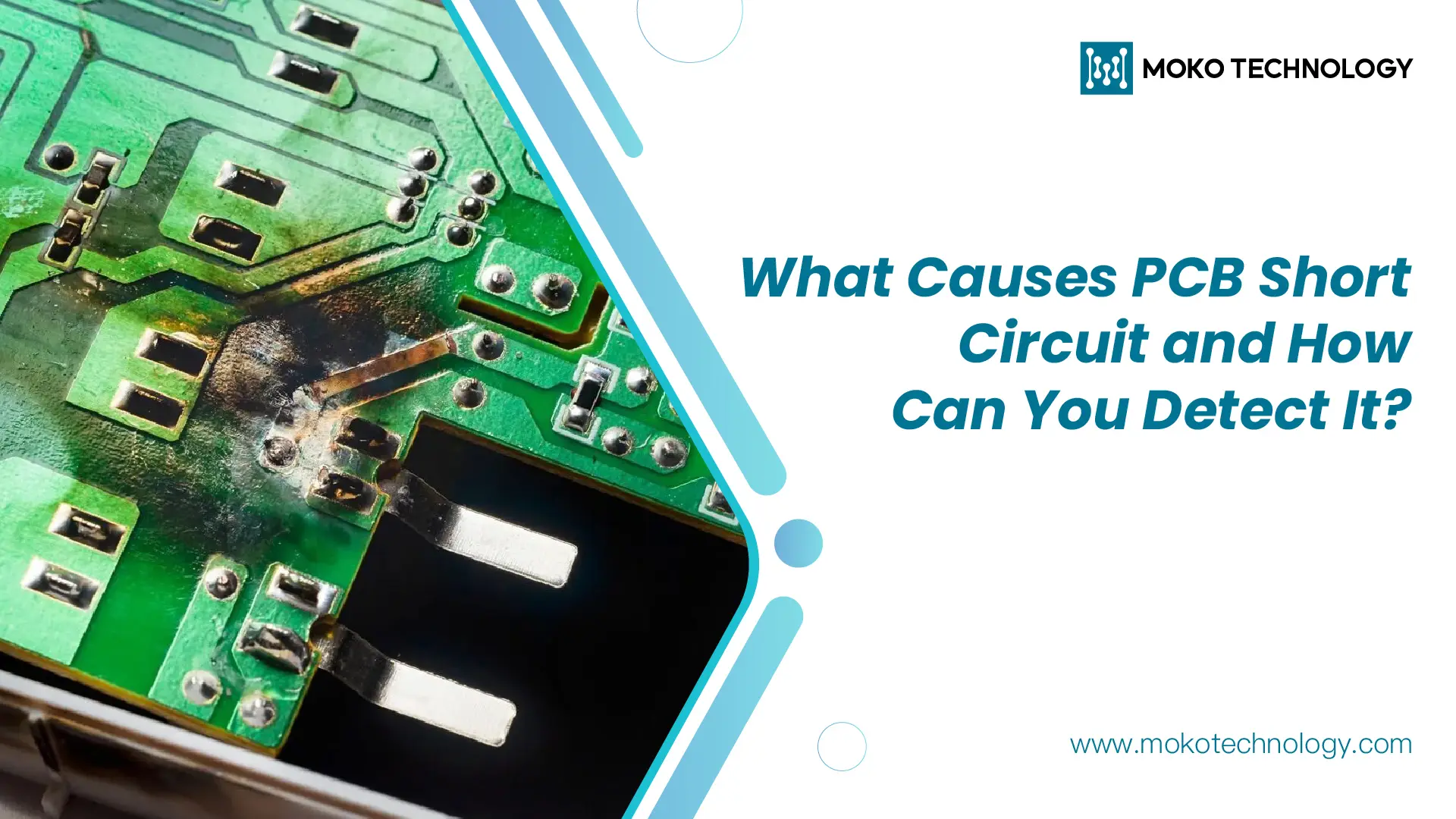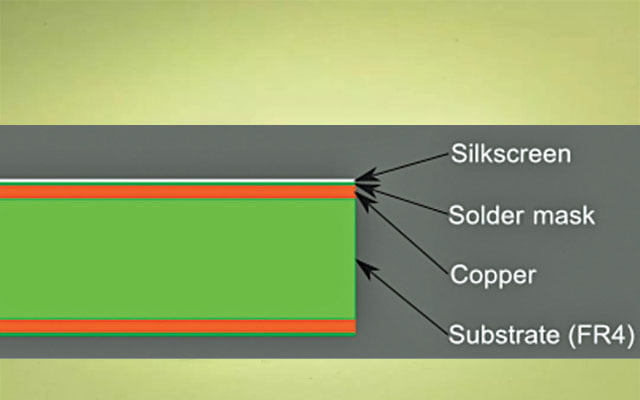Just like the light-emitting diode, which served exclusively as an indicator lamp for decades, PCB has also left its shadowy existence and has rapidly advanced to a multifunctional element within an electronic system. However, along with the development of integration technology, the total power density of electronic components continues to increase, but the physical size of electronic components and electronic devices is designed to be smaller and smaller that would cause the increased heat flux density around the device, which would affect the performance of electronic components, so it is necessary to find a more efficient way to manage the thermal conductivity. In this blog, we will focus on the FR4 thermal conductivity as it is one of the most widely used PCB materials.
What is Thermal Conductivity?
The thermal conductivity of a material like FR4 refers to how effectively it can transfer heat energy via conduction. It is quantified by the rate of heat flow through a specific thickness of the material for a given temperature gradient. The units used to measure thermal conductivity are Watts per meter-Kelvin (W/mK). Materials with higher values conduct heat more readily than insulators with lower thermal conductivity. Metals tend to have the highest thermal conductivity, while plastics and ceramics are on the lower end of the scale. For heat to conduct from a heat source to a heat sink, the material between them must have sufficient thermal conductivity. The quantity of thermal energy flowing between two objects is determined by both the temperature gradient and the particular conductive qualities of those materials. Heat flows spontaneously from hotter matter to colder matter. When two objects at different temperatures make contact, thermal energy diffuses from the hotter one into the cooler one. This heat transfer continues until the temperature difference decreases and thermal equilibrium is attained. Managing this heat conduction is crucial in electronics to prevent excessive component heating and ensure proper performance. The combination of thermally conductive traces and insulating substrate is a fundamental consideration in PCB design.
Technical Characteristics of FR4 Thermal Conductivity
The FR4 PCB thermal conductivity is relatively low, and it varies depending on the specific grade and manufacturer. Here are some general technical characteristics of FR4 PCB thermal conductivity:
- Thermal Conductivity Value
The thermal conductivity of FR4 typically ranges from 0.3 to 0.4 W/m·K (watts per meter-kelvin). This is relatively low compared to materials like aluminum or copper, which have much higher thermal conductivities.
- Anisotropic Conductivity
FR4 is anisotropic, meaning it has different thermal conductivity values in different directions. The thermal conductivity is higher in the plane of the PCB (in-plane) than through the thickness (out-of-plane).
- Temperature Dependence
The thermal conductivity of FR4 is also temperature-dependent. FR4 displays a thermal conductivity that lessens as its temperature increases. This reduction in conductive heat transfer under higher temperature conditions can impair FR4’s ability to spread and sink away excess heat.
- Thickness Matters
The thickness of the FR4 PCB can influence its thermal performance. Thicker PCBs will have higher thermal resistance due to the longer heat conduction path through the material. Want to know how to choose PCB thickness? Check out our other blog: https://www.mokotechnology.com/pcb-thickness/
- FR4 Grade
There are different grades of FR4 available, and the thermal conductivity may vary slightly between them. For example, high-Tg (glass transition temperature) FR4 materials may have slightly different thermal properties compared to standard FR4.
- Limitations
Due to its relatively low thermal conductivity, FR4 may not be appropriate for applications with high power or elevated temperatures, where efficient heat dissipation is of utmost importance. In such cases, alternative materials with higher thermal conductivity, such as metal core PCBs or ceramic substrates, may be preferred.
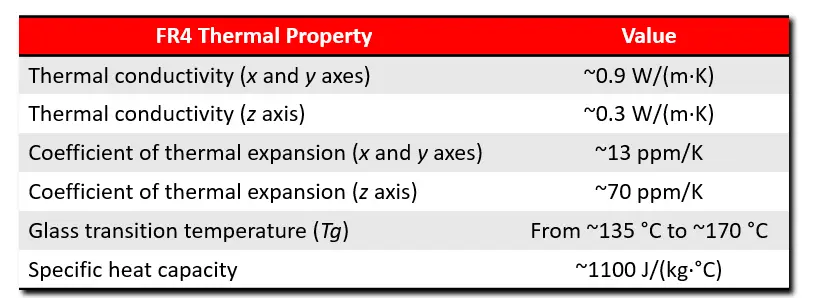
FIND THE BEST CRAFTED FR4
What Factors Affect FR4 PCB Thermal Conductivity?
PCB thermal conductivity requires much attention from manufacturers, as it decides how the PCB board can transfer heat to other components. As we all know that a printed circuit board consists of electronic components, insulators and conductive materials, and different components and materials have different thermal conductivity performances. In addition, there are many factors that would affect the FR4 PCB thermal conductivity:
Thermal Vias
Thermal vias are holes that are placed on printed circuit boards, which play a vital role to dissipate heat. Generally speaking, more thermal vias in a circuit board can improve the thermal conductive performance as these vias provide more rooms to discharge the heat of the circuit boards and PCB components.
Copper Traces in PCB
Copper traces is another important factor that would influence the thermal conductivity. The thermal conductive performance is actually dependent on if the traces are complete, that is, the traces connect from one end to another end. The thermal conductivity would be high if the traces are complete, and it would be low if the traces discontinue.
Internal Layers
The internal layer is a factor that would affect the heat dissipation of the circuit boards. The thermal conductivity would be decreased if there are many inner layers and vice versa.
FR4 PCB Thermal Conductivity Management
Thermal conductivity management is crucial for FR4 PCB that would affect their performance, reliability, and longevity. Without heat management, the printed circuit boards may have problems of delamination, damage, or device failure. Luckily, there are several methods to manage the thermal conductivity effectively. In this blog, we would explain them in two aspects:
Design PCB Better
Thermal conductivity is a factor that must be considered when designing a PCB, below are some tips for better PCB design:
First, when designing a printed circuit board, it would be better to separate high power and signal conductors. And we can insert more thermal vias along the thermal path. The thermal vias can both be plated or not plated, which enables the circulation of air and dissipate heat. In addition, the reasonable thermal via array is very helpful to reduce the thermal resistance and enhance the performance of thermal dissipation.
Second, we suggest increasing the distance between tracks to get a more uniform heat distribution in the layers, which can reduce the risk of generating hot spots. But we should notice that this method is not suitable for the PCB with small sizes.
Third, the geometry of tracks is also an important factor need to be considered during design. The tracks that connect components should be as short and wide as possible, and tracks that conversed high currents should use copper with thick heights. If the tracks are too small, then there is a possibility that the electronic components would fail.
Embed Copper Wire into FR4 PCB
Moko Technology takes a different approach with »HSMtec«. The technology, which is qualified in accordance with DINEN60068-2-14 and JEDECA101-A and audited for aviation and automotive, is selective: only where high currents are supposed to flow through the printed circuit board does thick copper.
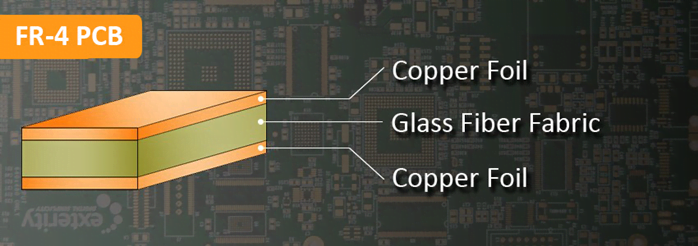
FIND OUT HOW TO SELECT THE RIGHT PCB ASSEMBLY FOR YOUR PROJECT
Currently, 500µm high profiles with widths from 2.0mm to 12mm are available in variable lengths, with wires a diameter of 500µm has become established. The solid copper elements that are firmly bonded to the conductor patterns can be applied directly to the base copper using ultrasound connection technology and integrated into any layer of a multilayer using FR4 base material. There are several reasons why copper is used: It has twice the thermal conductivity compared to aluminum and thus ensures rapid heat dissipation without insulating intermediate layers underneath the LED heat pad.
| Material | Thermal conductivity λ [W / mk] |
| Copper RA | 300 |
| aluminum alloy | 150 |
| solder | 51 |
| Ceramic (LED) | 24 |
| FR4 | 0.25 |
| Air (resting) | 0.026 |
Table 1: Thermal conductivity of the materials involved
Another advantage of copper and the circuit board base material FR4 are the thermal expansion properties (Table 2): Especially in connection with ceramic LEDs, circuit boards based on copper or FR4 have a high resistance to thermal stresses, which depend on environmental or operating conditions and others Temperature cycles, such as for “intelligent” lighting controls.
| Material | Expansion coefficient [ppm / K] |
| aluminum | 24 |
| solder | approx. 22 |
| copper | 16 |
| FR4 | 13-17 |
| Al2O3 (LED) | 7 |
| AlN (LED) | 4 |
Table 2: Thermal expansion coefficient in the X / Y direction
In this way, the lifespan and reliability of the entire lighting unit can be significantly increased compared to conventional metal core PCB based on aluminum.
Conclusion
FR4 is a commonly used material for PCB manufacturing as it is economical and has great properties that can be utilized in different applications. But compared to other materials, it has poorer performance in the thermal conductivity. Thus, it is necessary for manufacturers to understand the thermal conductivity features of FR4 and learn how to manage it, which can not only help them reduce cost, but also improve the quality of their products. If you still have questions about the FR4 PCB thermal management, you can go to MOKO Technology to get the answer.
